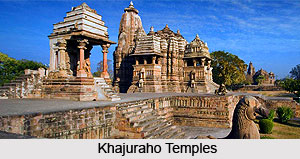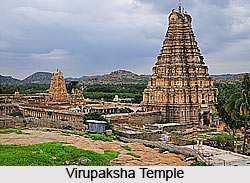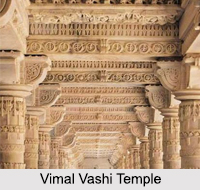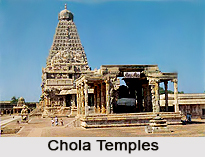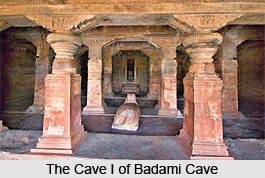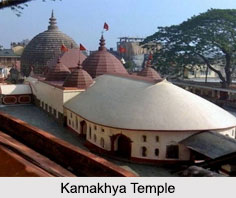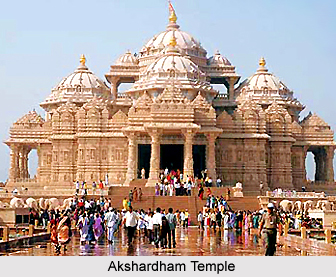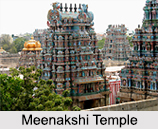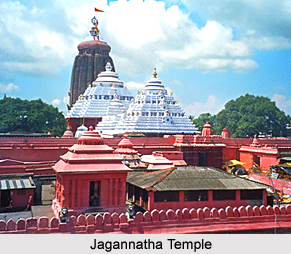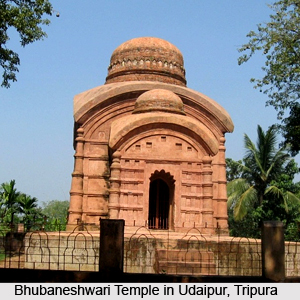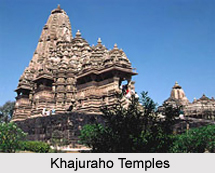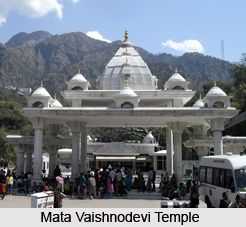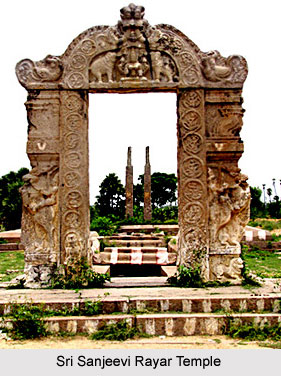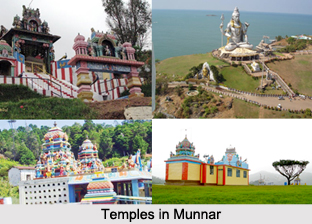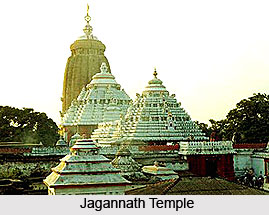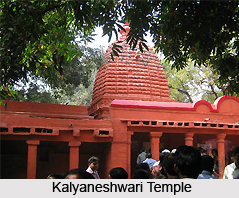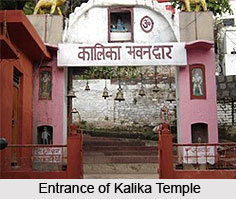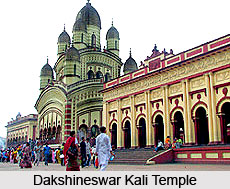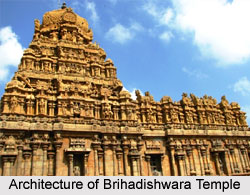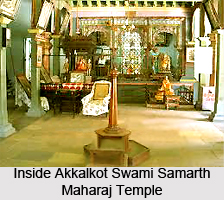 Akkalkot Swami Samarth Maharaj Temple is one of the leading communities with a large number of followers of Shri Swami Samartha of Akkalkot. This is a popular place among the devotees and people from around the country come and visit the place to pay homage to god.
Akkalkot Swami Samarth Maharaj Temple is one of the leading communities with a large number of followers of Shri Swami Samartha of Akkalkot. This is a popular place among the devotees and people from around the country come and visit the place to pay homage to god.
Believed to be the incarnation of Shri Dattatreya, the name of this spiritual leader is a household one in Maharashtra. As this saintly guru chose to reside at a place called Akkalkot for 22 years, where he took his `mahasamadhi` (leave a mortal body for heaven) in 1878, he is also known as the Maharaj of Akkalkot. Believers are of the view that Shri Samartha appeared in Akkalkot in 1857. Followers from across the country throng the place to get a feel of the place.
Legends about Akkalkot Swami Samarth Maharaj Temple
The temple of Shri Nrisimha Saraswati is of Dattatreya, so Swami is believed to be the incarnation of Lord Datta. His full name was Sripad Shrivallabh. Before he came to Akkalkot, Swamiji resided in Mangalvedha. But no one can exactly say where he came from. But, the general faith is that He came to Mangalvedha during 1838 and stayed there for 13 years. He used to lodge in a farm there. From Mangalvedha he shifted to Mohol for five years, finally coming to Solapur, in Akkalkot. Such was his will power, that after he came to the conclusion that all his disciples and followers were guided in the right path, he expressed his wish for Samadhi. His disciple Chollapa started making necessary arrangements, with the final leaving taking place in 1878.
Another story puts forth that after travelling in the Himalayas, the Swami sat in Samadhi for over 300 years in a dense forest. Thus, he became completely covered with anthills, a tree growing beside him. A woodcutter who had come to fell trees, decided to cut the very tree besides which the Swami was under deep concentration. Laying his first axe on the anthill, the woodcutter was surprised to see blood oozing out from the heap. Pulling down the hill, he saw the Swami beneath it.
This place is considered to be pious and has tremendous appeal among people.
